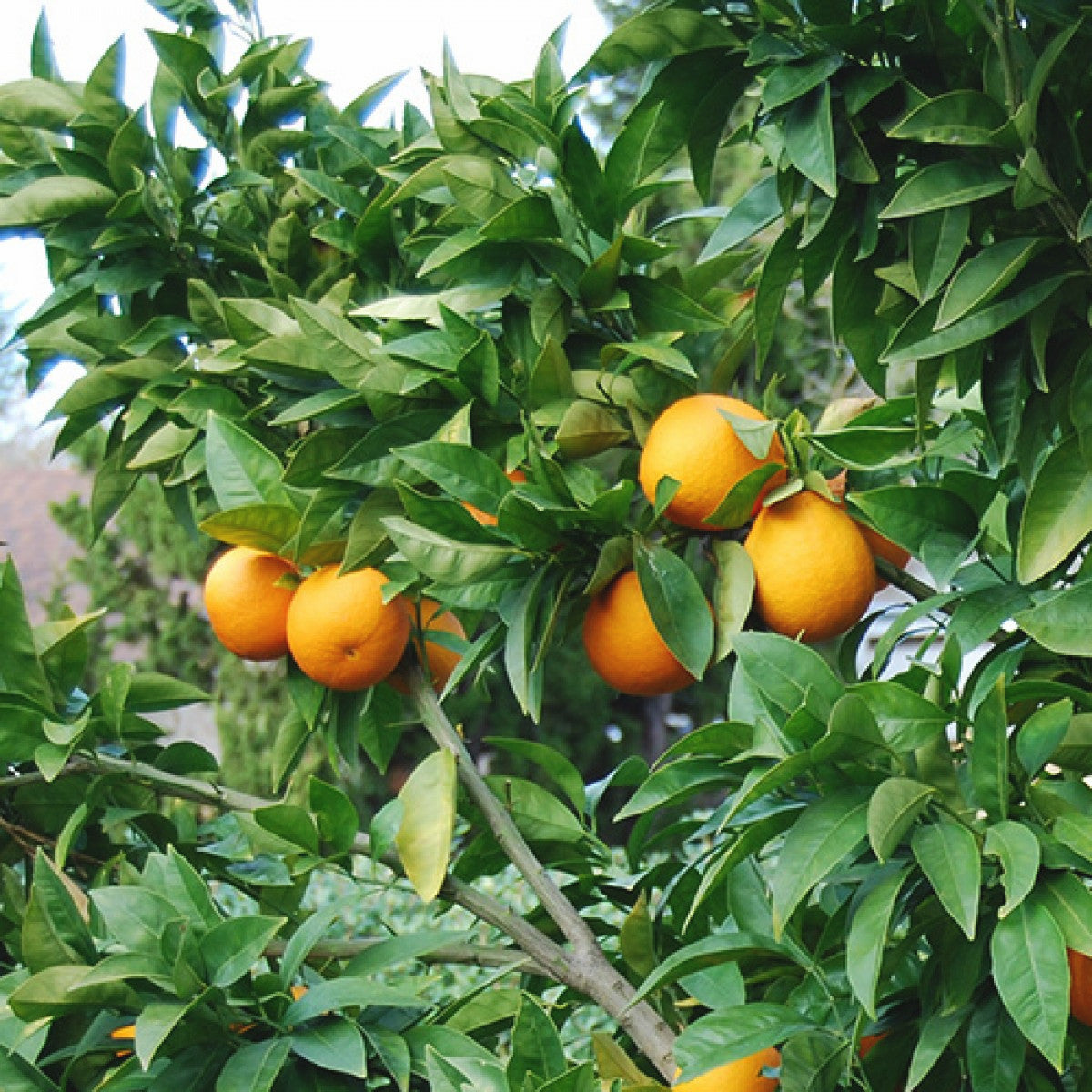We clean up after ourselves.
Ecommerce deliveries have a carbon footprint. That's why we support verified projects that remove carbon from the air.



Every delivery’s carbon footprint is calculated based on weight, shipping method, and distance traveled. We neutralize these emissions by purchasing verified carbon removal credits from groundbreaking projects.



With your purchase, you’ll join a community of proactive merchants and customers dedicated to a sustainable future. Together, we've removed emissions for over 51 million deliveries and removed over 37 thousand tonnes of carbon.

We work with a network of pioneering carbon removal companies that have been vetted by the commerce platform Shopify.

Passion For Plantation
20Pcs Organic Blood Orange Seeds
20Pcs Organic Blood Orange Seeds
Couldn't load pickup availability
Organic Blood Orange seeds yield fruit renowned for its deep crimson flesh, distinct flavor, and high vitamin C content. These oranges are prized for their rich, tangy-sweet taste and are excellent for fresh consumption, juicing, and culinary creations.
Planting Guide
-
Climate: Blood Orange trees thrive in subtropical to Mediterranean climates with mild winters and warm summers. They can also be grown in containers indoors in colder regions.
-
Soil: Use well-draining soil rich in organic matter. A slightly acidic to neutral pH (6.0-7.0) is ideal.
-
Container vs. Ground: If growing in a container, choose a large pot with drainage holes. In the ground, ensure the planting area receives full sun and has good air circulation.
-
Sowing Seeds: Plant seeds ½ to 1 inch deep in moist soil. Keep the soil consistently moist but not waterlogged.
-
Germination: Germination can take 1-3 weeks. Provide warmth and humidity to aid germination. A heat mat or plastic cover over the container can help.
Growing Tips
-
Watering: Water regularly, especially during dry periods. Allow the soil to dry slightly between waterings to prevent root rot.
-
Fertilization: Use organic citrus fertilizer or compost in spring and summer. Avoid over-fertilizing, as citrus trees are sensitive to salts.
-
Pruning: Prune for shape and to remove dead or diseased branches. Pruning also improves air circulation and fruit production.
-
Protection: Protect young trees from frost, and provide shade during hot summers to prevent sunburn on fruits.
Harvesting and Uses
-
Harvest Time: Blood Oranges typically ripen in late winter to early spring, depending on the climate.
-
Ripeness: Look for deep red-orange skin and firmness. The fruit should feel heavy for its size.
-
Uses: Enjoy Blood Oranges fresh, juiced, in salads, desserts, or as a flavorful addition to marinades and sauces.




